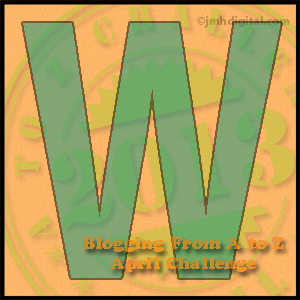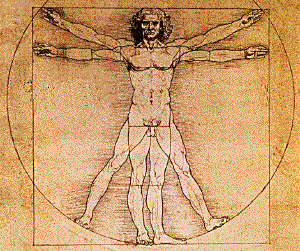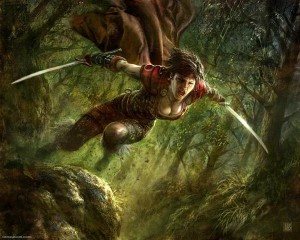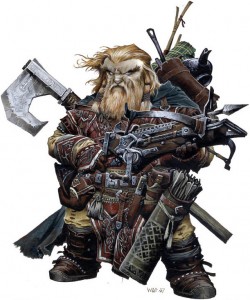On Friday we comb through our extensive archives to find an older article that we feel deserves another look. From September 21, 2009, Dungeon’s Master once again presents: What Does Your Character Look Like?
Describe your character? It sounds like a simple question, but it’s more difficult than you think. I’m not asking you to tell me your class or level; I want to know what your character actually looks like.
Most characters are described by their race, class and equipment and that’s it. But if I tell you that my PC is a Half-elvin Paladin wearing plate armor that doesn’t really give you a good idea of what I looks like.
Imagine that our PCs have never met before but need to meet in a very public or crowded place. All you have is a vague description of me. What kind of details will make your job easier? Knowing that I wear plate armor is helpful if you’re looking for me on a battlefield, but what if you’re trying to find me at a social function? I’m not likely to be wearing armor at all. So what other details will you need?
Most character sheets have a place for race, sex, height, weight, hair colour, eye colour and skin colour. All excellent details that help define your PC. But how much thought goes into the rest of your PC’s description?




